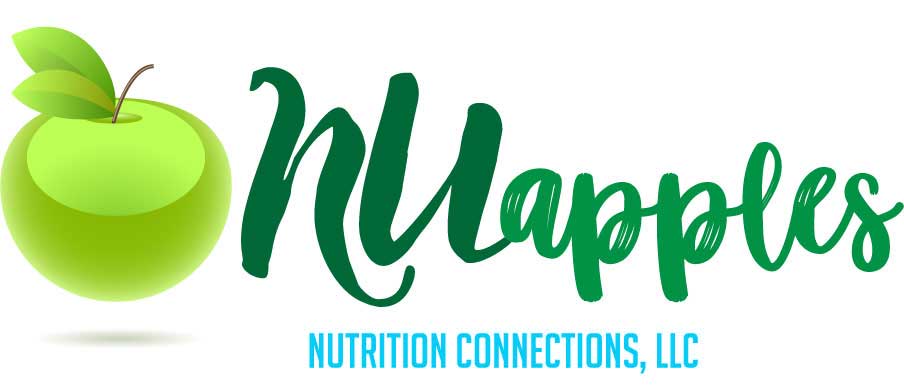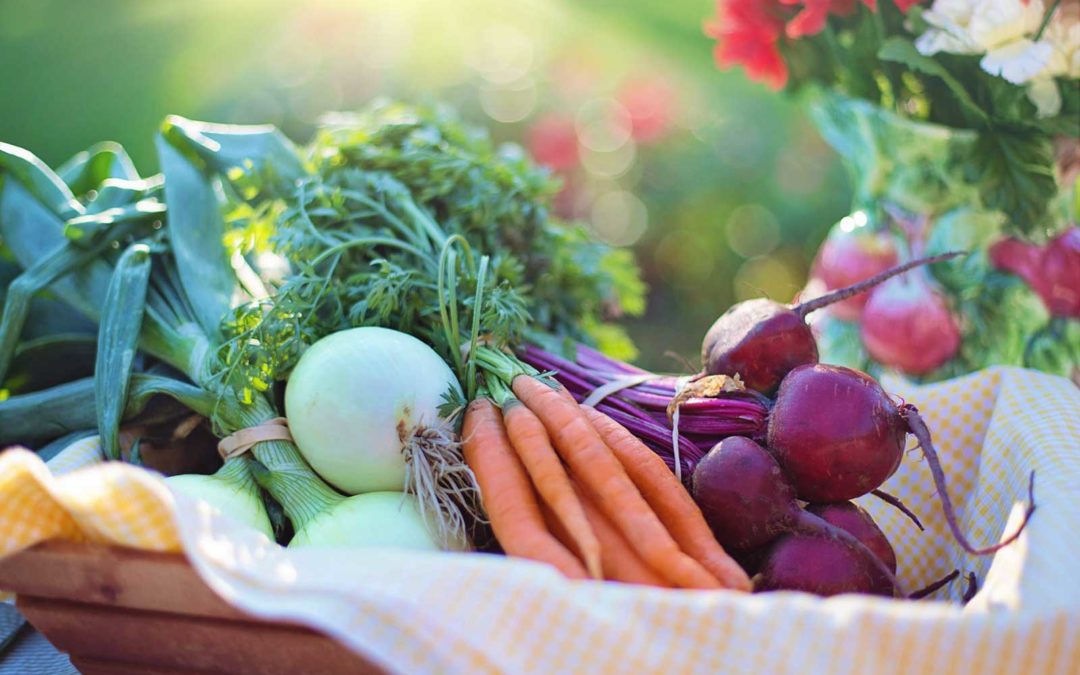Spring has finally sprung and with it comes the perfect opportunity to eat the Rainbow-fruits and vegetables of every variety and color. However, there are a few of these fruits and vegetables which contain a higher level of pesticide residue remaining on their surfaces.
The USDA and Environmental Watch Group (EWG), report nearly 70 percent of the surfaces of the fruits and vegetables sold in the US are “dirty” meaning contains several high-level cancer-causing chemicals. The fruits and vegetables which are dirtier than others the EWG refer to as “The Dirty Dozen.”
Are you Playing the Dirty Dozen? You may ask as so many of my friends consistently ask me, does it really make a difference if you purchase “organic” or “conventional” produce? When it comes to that question, I have to practice what I preach to follow sound evidence-based supporting research. A study published in December JAMA Internal Medicine found that among nearly 69,000 participants, those with the highest frequency of organic food consumption had 2 percent fewer cancers than individuals who did not eat organic food. Harvard University T.H. Chan School of Public Health Environment and Reproductive Health (EARTH), found a surprising association among study participants between the consumption of food high in pesticide residues and fertility problems.
Another study recently evaluating the impact of an organic diet reports after only six days of eating organic food, adults and children had on average a 60 percent reduction in the levels of synthetic pesticides measured in their urine, compared to when they were eating a regular diet. This further proves-“you are what you eat.” Pesticides are traveling throughout our digestive system with absorption and elimination just like the water we drink. As a result of this data raise questions about the safety of pesticide mixtures found on produce and suggest that we as a people should focus on eating fruits and vegetables with the fewest pesticide residues.
Answer: Yes, I am “Playing the Dirty Dozen.” However, organics are slightly more expensive than conventional, which may be concerning. If you cannot afford “organics” keep in mind, the significant health benefits of a diet that include fruits and vegetables and eating fresh produce are essential for health, out weights the risk of conventional fruits and vegetables. Nonetheless as much as possible, purchase fruits and vegetables appearing on the dirty dozen list in organic form.
Here are our “Dirty Dozen” listed from hierarchy from most to least dirty:
#1-Strawberry, #2-Spinach, #3-Kale, #4-Nectaromes, #5-Apples,#6-Grapes, #7- Peaches, #8 Cherries, #9-Pears, #10-Tomatoes, #11-Celery, #12- Hot Peppers.
Here are the EWG’S Clean Fifteen for 2019 “Conventional” Produce that have few if any detected pesticide residues, thus no need to purchase organic forms: avocados, sweet corn, pineapples, frozen sweet peas, onions, papayas, eggplants, asparagus, kiwis, cabbages, cauliflower, cantaloupes, broccoli, mushrooms honeydew melons.


Recent Comments